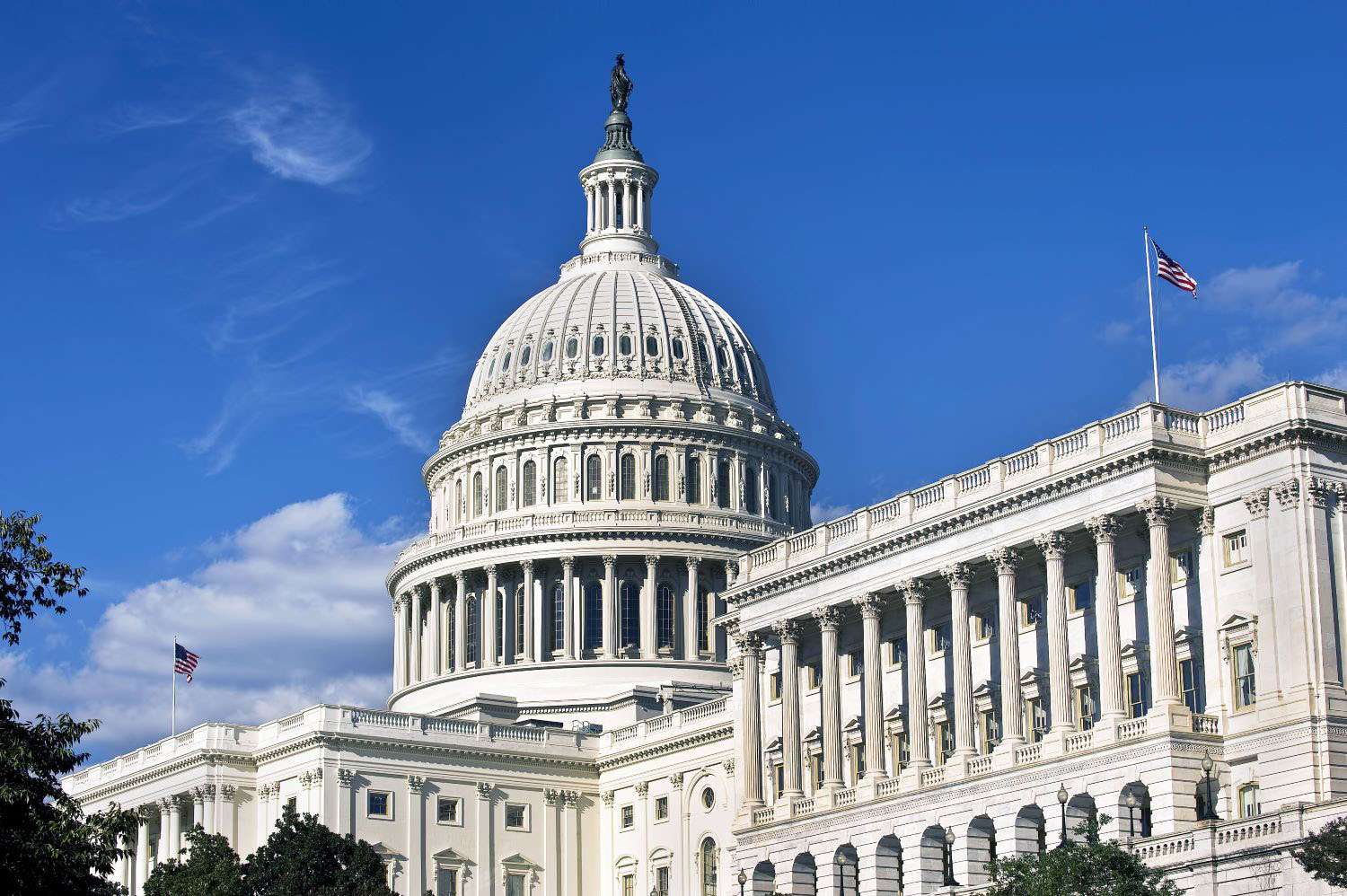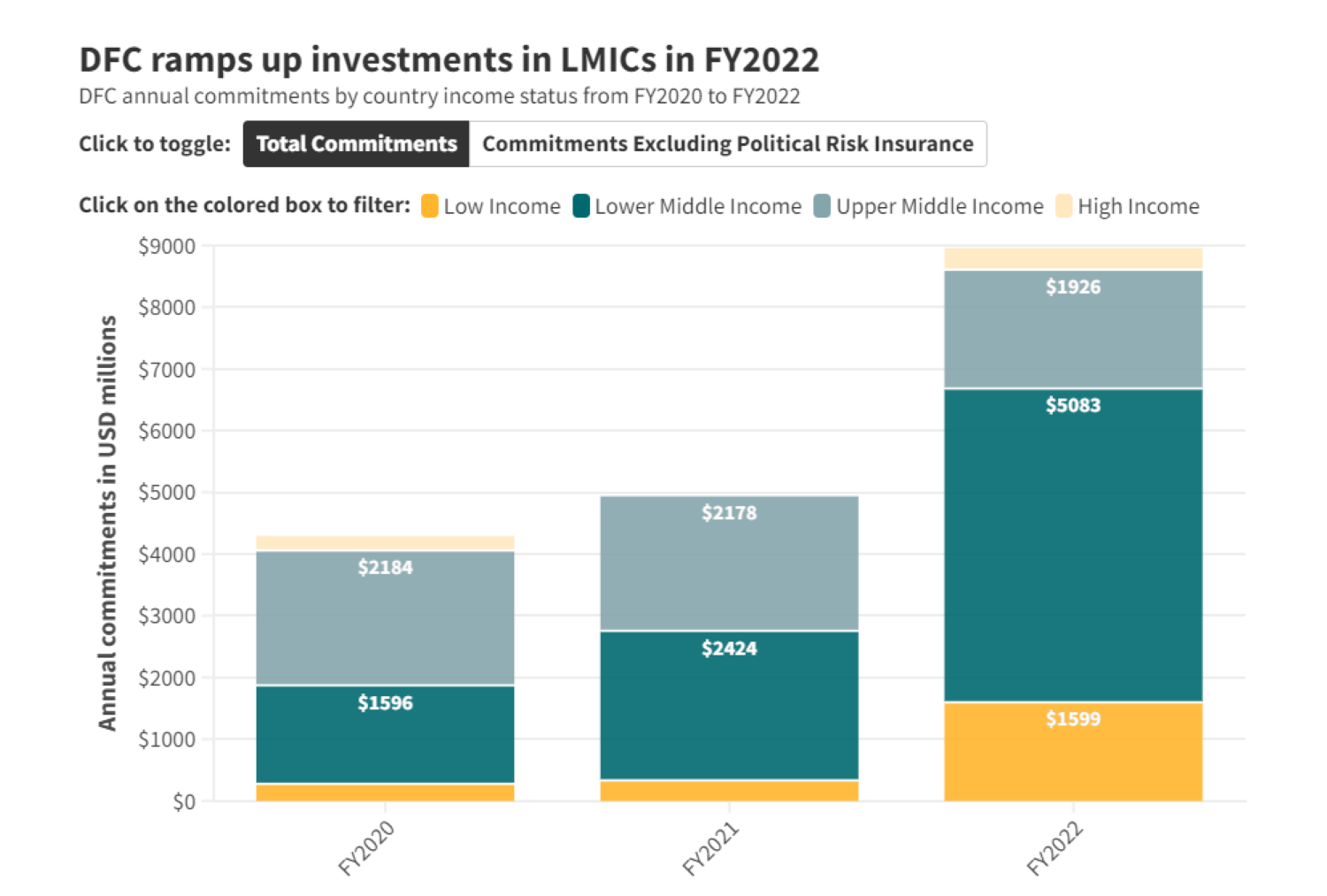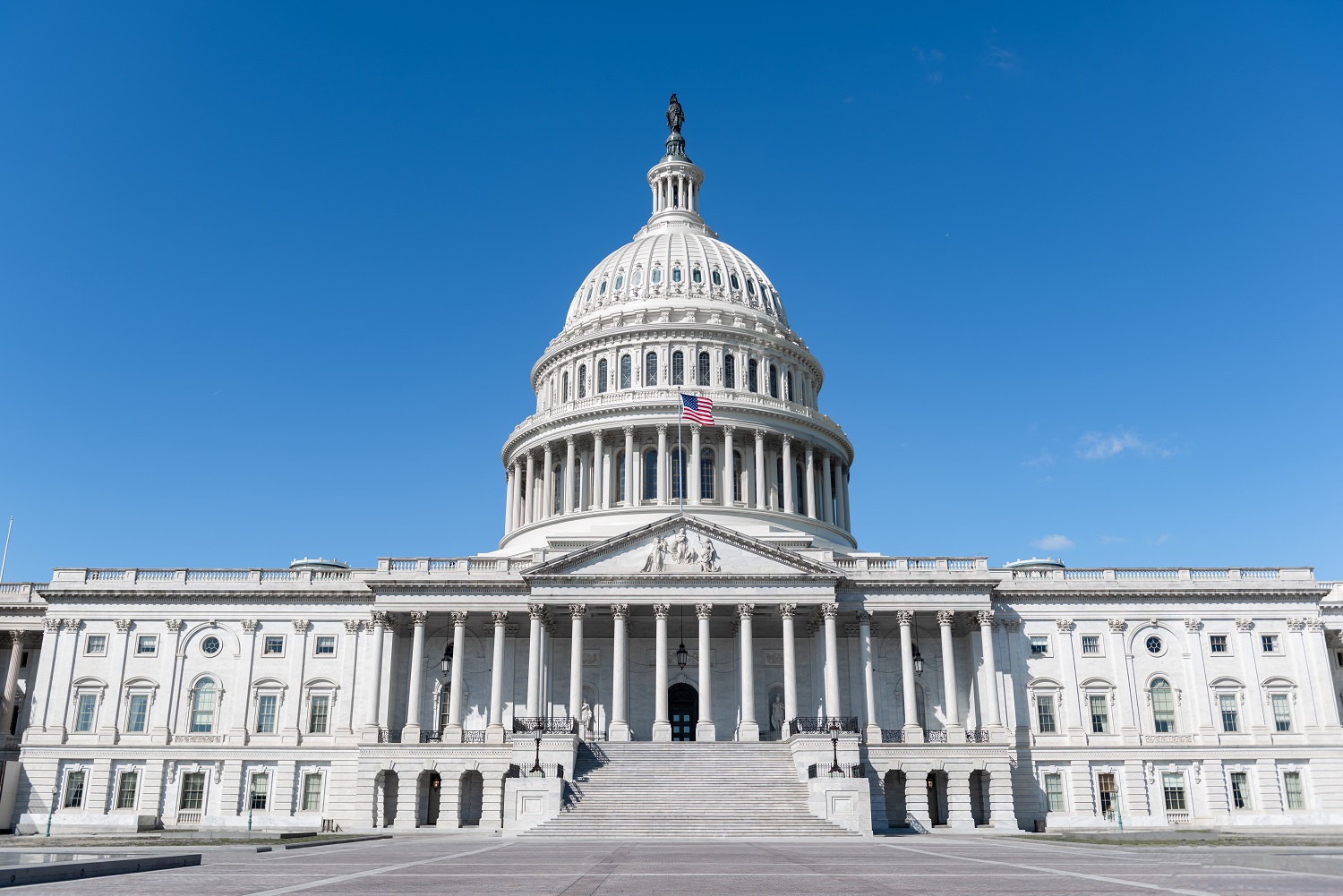Last week, a high-powered group of investors, foundations, and academics called for the establishment of a US Development Finance Bank – which would combine existing programs at the Overseas Private Investment Corporation (OPIC), USAID, the US Trade and Development Agency, and the Treasury Department. The institution would draw upon OPIC’s capital base and include grant-making and technical assistance activities that are self-financing through the retention of OPIC profits. (Todd Moss and I highlighted OPIC’s remarkable track record of returning profits to the US Treasury here.) The President’s Global Development Council, which is chaired by Mohamed El-Erian, included the same recommendation in its April report when advocating innovative and scalable new development approaches.
This latest report follows a G8 commitment last year to explore the potential for impact investing to accelerate economic growth and address social challenges. Each G8 country, in turn, established an independent advisory board to produce policy recommendations. The US-focused recommendations cover a broad array of domestic and international programs or policies. (See my colleague, Rita Perakis’ views here.) In addition to the US Development Finance Bank proposal, the advisory group outlined six other recommendations that would make US development finance programs more effective, including:
1. Passing permanent OPIC reauthorization, or at least multi-year reauthorizations, thereby removing uncertainty for long-term private partnerships.
2. Increasing OPIC staff by allowing it to retain a modest portion of its earnings (to put toward salaries), which would help unlock roughly $12 billion in un-deployed capital for development-related projects.
3. Establishing a pilot program that allows OPIC to make early-stage equity investments.
4. Modifying OPIC’s US nexus requirement, thereby allowing it to support strategic, high development impact investments in the world’s poorest countries, regardless of whether US citizens are involved.
5. Adjusting USAID’s Development Credit Authority face value limit, which will enable it to expand its scale, reach, and impact. (See my thoughts on this arcane but important issue here.)
6. Providing a very modest increase to the DCA administrative budget, which will help unlock hundreds of millions of dollars in private capital each year.
All of these recommendations closely track proposals that my colleagues and I have advocated over the last several years (see here and here), as well as work from other leading think tanks like the Brookings Institution, Center for Strategic and International Studies, and the Council on Foreign Relations. Clearly, there is a growing consensus that the US government can, and should, do much more to promote private sector-based development approaches abroad. As such, there will be a growing number of people who are watching to see if Congress will advance these strategic recommendations, whether through the FY15 appropriations process or the proposed Energize Africa Act.
CGD blog posts reflect the views of the authors, drawing on prior research and experience in their areas of expertise.
CGD is a nonpartisan, independent organization and does not take institutional positions.





